Back in February 2018, Eilidh Dickson and I travelled to Interaction18 conference in Lyon to present a the findings of a research project we’d be working on together in our own time. The goal was to take a snapshot of the design industry from the perspective of a group of designers from whom we’d both learned a lot, and for whom we both have huge respect.
Shoutout to the wonderful Inês Araújo (@gudidraws on Instagram) for the beautiful illustrations for this blog post and conference talk.
With Interaction19 coming up next week, and a new piece of research we’ve been working on ready for a road test, I figured it was time to share a write up of what we found out and shared last year.
We wanted to stop and reflect on where the design industry is today as over the past few years the design industry has exploded. On one hand it’s incredibly exciting to see its growth, the contexts in which it’s being applied and the impact it’s creating. On the other hand it’s also daunting to see the speed at which the design industry is evolving – as designers are we aware of those changes that are happening in all around us?
We interviewed designers from around the world, to hear their experiences of thriving and surviving in the industry. Some of the companies that were represented included The New York Times, the BBC, Fjord, Grid Impact, Snook, IDEO and Tomorrow Lab amongst others.
After gathering a plethora of real-world experiences, tips and tricks and battlefield stories, we combined the insights into 8 key themes, 5 of which are shared in this article.
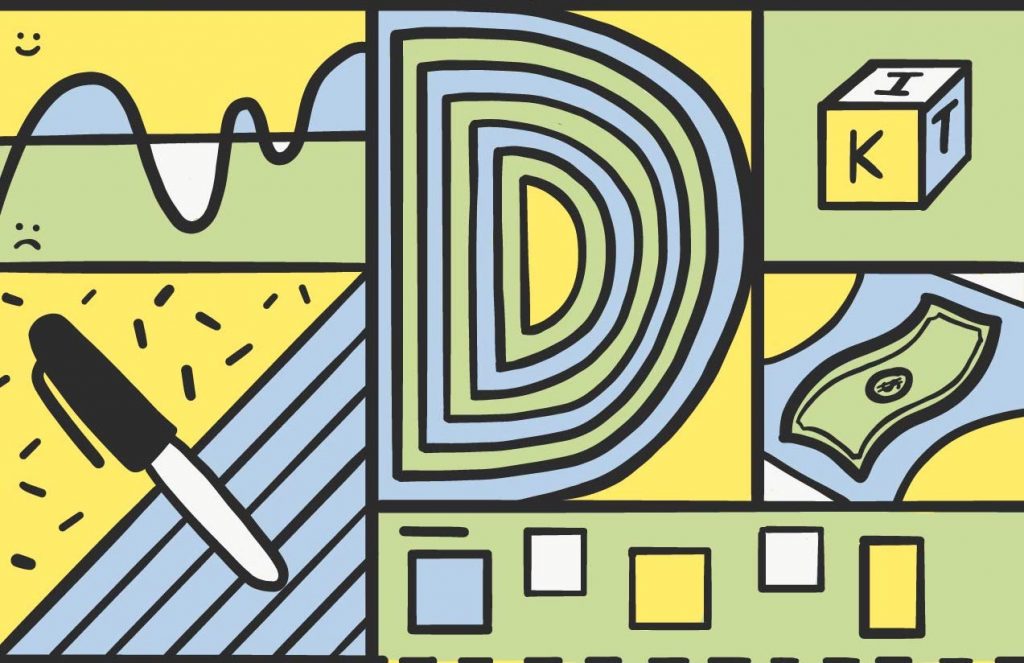
1. Design’s found the mainstream, how can we maintain its integrity and value?
Design has never been such a big deal. Consultancies are being snapped up by corporates. Internal design teams are appearing left, right and centre. Designers have obtained the keys to the boardroom and they’re influencing conversations at the highest level. Design process and Design Thinking are being vaunted through corporate culture as the new elixir. It’s safe to say design has become a valued tool within business.
At the same time, because of the increased value of design, everybody wants design done faster, sooner, now. What used to be a slightly mysterious and ambiguous process allowing a degree of flexibility has become more prescribed, itemised and commoditised.
After spending years perfecting our double diamond diagrams to make design understandable, are we now actually becoming slaves to our process? How can we ensure the integrity of our processes (which business has so wholly embraced), and continue to deliver the value that business has come to expect?
We heard:
“Nowadays it’s all about speed. Clients expect results much faster. But we can’t lose the ability to understand people (consumers) at a deep level in order to understand what to design (…) This takes time – it’s weeks rather than days. There is no doubt that designers will have to get used to working even faster”
“Over the past 10 years the design community has done well to educate on ‘design thinking’. It’s been hard and I certainly feel I’ve spent the past 10 years selling design and fighting for it. Now everyone knows about it, it’s taught on business and entrepreneurship courses”
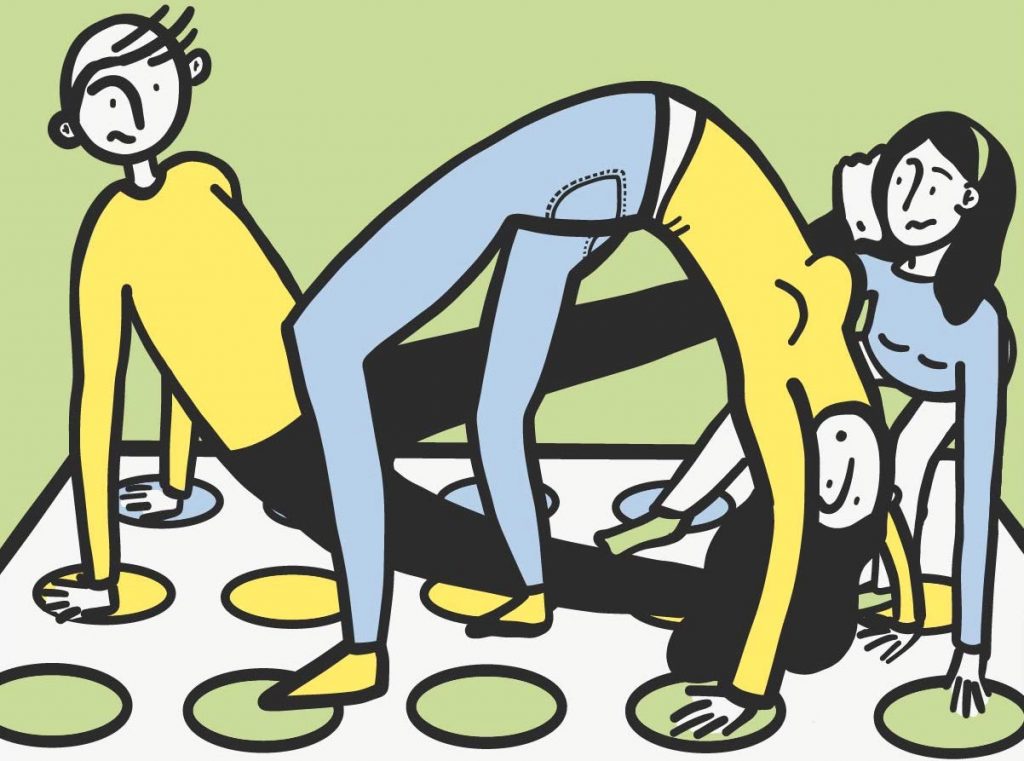
2. Design is now working with other disciplines, how do we build common ground with what seem to be opposing processes?
We’re designers right? So we work interdisciplinary all the time! Some of us are even interdisciplinary in ourselves! Our teams have visual designers, interaction designers, design researchers, product designers, industrial designers… really interdisciplinary, right?
Getting stuff into the real world, shipping things, requires more than just designers, and we need to cross the divide. It’s about working with and for people from fields worlds apart from design and it’s processes. Building empathy and respect for these people, relinquishing a little control and, yes, trusting them to make some important decisions.
The good news is that design process is already about bridging between different design disciplines – this puts us in a good place. “Design is combinatory”. Now we need to use this skill to bring people and skills together that are outside of design.
“What’s frustrating as a designer is spending an incredible amount of time and effort creating a solution and then the client doesn’t know how to take something so disruptive into the market. It’s disappointing as then the idea dies. I’d prefer to be in a design company that has a really deep understanding of how to bring something to market successfully”
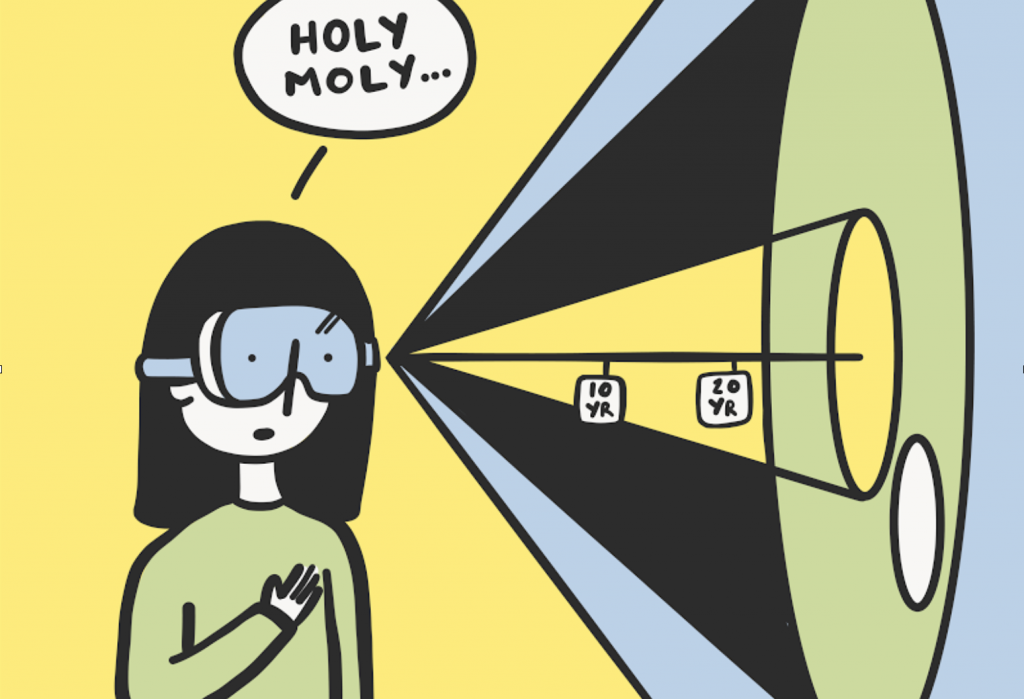
3. Design has grown up, should we think more about the consequences of our actions?
In a very short time we’ve moved from designing websites and flash games to massive scalable systems and totally pervasive applications. Everything we create becomes immediately part of a bigger system, there is information flowing everywhere and the knock-on effects are potentially infinite.
Are we doing enough to consider the unintended consequences of our work? Do we as designers need to take a special responsibility for our futures?
The good news is designers are in a good place to do this. One of the things that designers are inherently good at is looking at problems from a multi-faceted perspective. This is no easy task, but it’s time to start considering these implications from the right from the beginning of a project, and on through to it’s existence in the world and beyond.
“I wish designers who are often interfacing with clients on the front end were thinking more about the ethics of the technology. Design is enabling technology to come into a humans hand. You can choose to have that conversation up front or not. ”
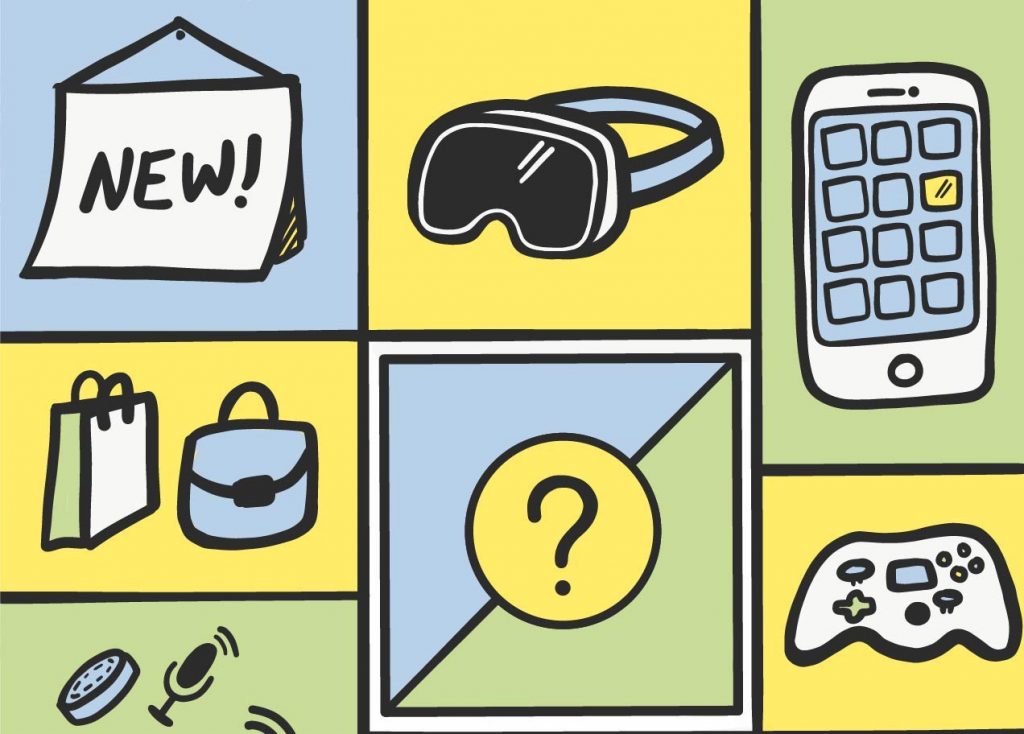
4. You’ve got to “Make the Thing”, but what’s the right thing, at the right time?
This is not a new discussion, but it’s one we need to keep alive. Design is about putting things into the world, but there are reasons to rethink the urge to give birth to new stuff. The world is filling up, and the more we solve for our user the more niche and narrowly useful stuff we create on our planet.
And it’s not just plastics – it’s digital products and services too, which are filling people’s lives with noise. Perhaps the best design is that which has considered what not to make? Making is valuable, but at the right time, in the right place, and at the right fidelity to figure out when to say “yes” and importantly, when to say “no”.
“If you don’t make, I don’t really think you’re actually a designer. I think you have to use those skills in some sense. The thing that differentiates designers from thinkers is the fact that we think through making.”
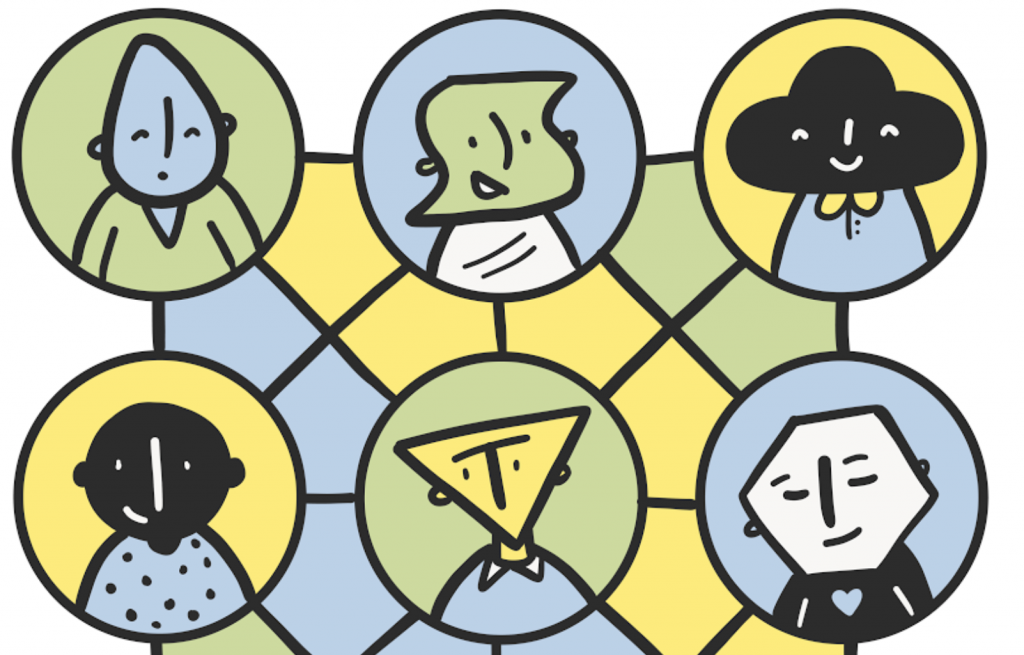
5. We expect high standards for diversity and inclusion, but are we meeting them ourselves?
We expect high standards from the world when it comes to diversity. The common narrative is that diversity strengthens design because we bring many perspectives to the table. And yet, if we ask ourselves – how many times have we worked with a person with a visual impairment – but not on a project for the blind? Or with a person with another disability – but not when their disability is the subject of the project? Can many of us answer that we have?
We’re doing well enough on gender, but what about other parameters, like socio-economic factors, culture, and differing levels of ability or physical impairment? Should we be trying harder? In many cases the immediate desire for cultural fit often blinds us from the long term benefit of hiring someone different to us. In order to be more inclusive we need to start pushing our working norms to include all types of people in our teams, our ideas, our personas, our video scenarios, our design practice as a whole.
Wrap Up
We had hours of fascinating conversations with designers who shared fantastic experience. It was an awesome learning experience which really helped shape a new perspective as to where we’re at, and where more work needs to be done. There was more discussed that could ever have been captured in the talk at the conference. For the purposes of the audience that day, we distilled a list of takeaways from our research with these wonderful designers.
- Trust everyone in your team, designers can’t control everything – it will prevent gray hairs!
- Stay curious and have interests outside of design – broad thinking seems to be where it’s at.
- Have humility & empathy for everyone involved – be human centered with your team.
- We must collaborate beyond design, we can’t do this alone.
- Let’s not be precious with our process, a little adaptation never hurt anyone!
- Think cultural diversity not cultural fit – diverse teams make great projects.
- Be intentional about what you make and the ripple effects it might have in the world.
In total there were over 13 hours of interviews, we spoke to people from all around the world, and these designers, together shared a total of 156 years of experience in the design industry. The full talk video is below. Huge thanks to everyone who generously gave some of their time, and I’m already looking forward to bringing a new piece of research to Interaction19 in Seattle in about a week’s time!
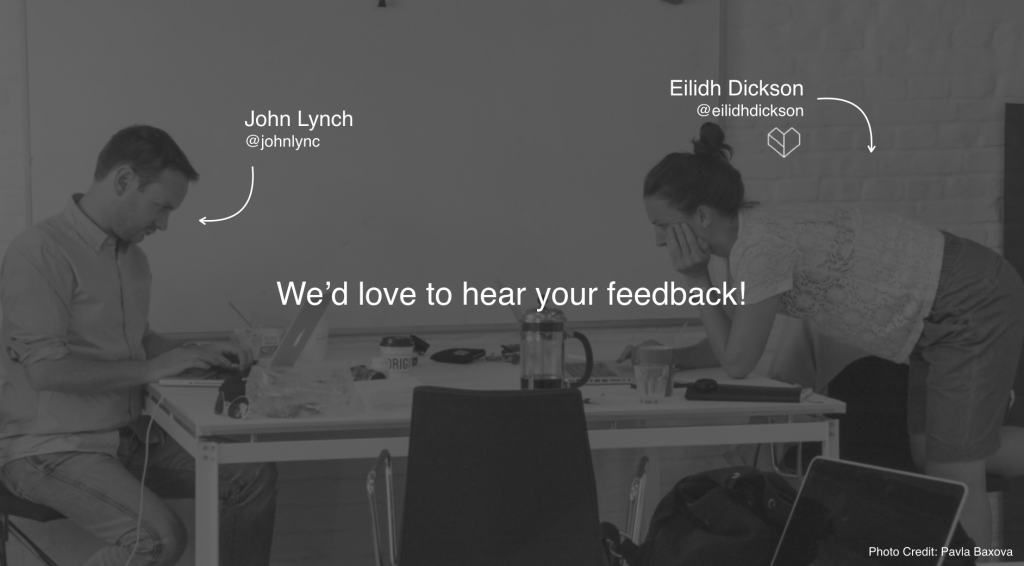

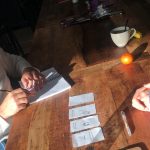
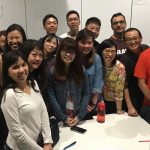
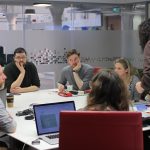

Comments by John Lynch
Copenhagen to London
"Miguel - so happy you enjoyed the talk. While this post is..."